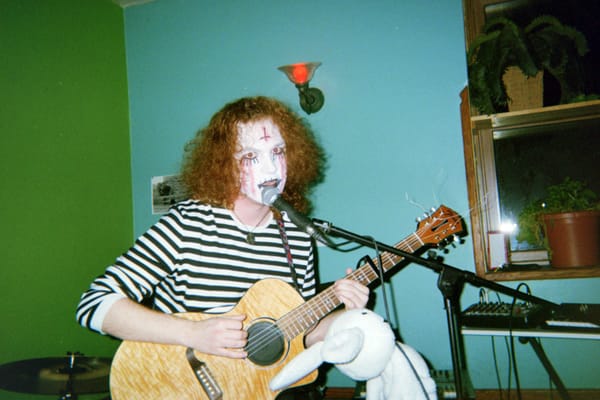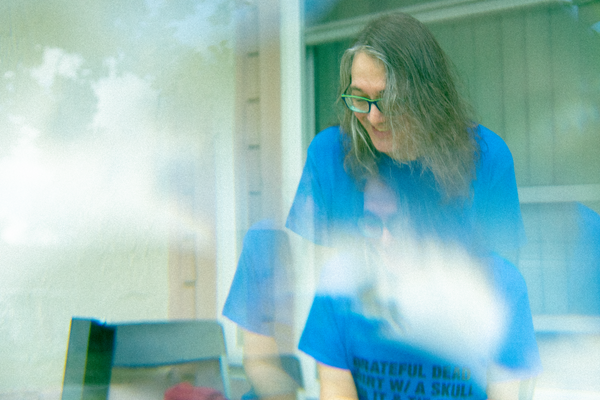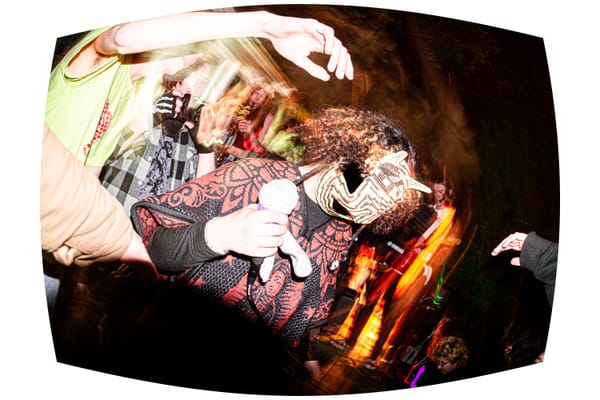Caper In The Castro: The First Queer Video Game
Believe it or not, the first gay video game was released way back in 1989 - it was called Caper In The Castro, a point-and-click adventure mystery set in the Castro District of San Francisco.
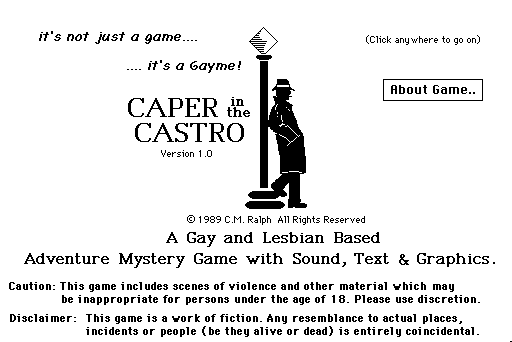
This "article" was originally the script of a YouTube video I made during lockdown.
There’s one video game discourse that seems to rear its ugly head constantly, and that’s the idea that queer characters are suddenly being “forced” into the medium. Thanks to indie games and the growing popularity of visual novels, there’s been an influx of games with LGBTQ content since the 2010s – many of these games quickly gained cult followings, proving that there’s a market for games targeted at queer audiences.
Even titles from larger companies are beginning to incorporate more queer themes – RPG series like Elder Scrolls and Dragon Age were known to have optional gay romances, but now even franchises like The Last of Us are making queer characters and themes intrinsic elements of the story.
Certain gamers may cry out that it’s all “out of nowhere,” or “pandering,” or say that there’s no place for gay content in video games. The thing is, though, queer games aren’t news. Believe it or not, The Gays™ have been making games for decades.
Let’s turn back the clock, all the way to 1989. The Internet wasn’t anywhere close to what it is today - the World Wide Web had only been created that March. Video games were a thing at this point, of course, and thanks to the video game crash of 1983, the era of the “bedroom coder” making computer games had begun.
Homophobia was also rampant, and the AIDS epidemic was still raging throughout the LGBTQ community.
Enter C.M. Ralph, an artist living in the San Francisco Bay Area. They had moved there from Southern California, and told Paste magazine in 2014, “I was so impressed and grateful for the freedom of the LBGT community here compared to what I had lived in down in SoCal.” Wanting to give back to this community that accepted them, they created Caper In the Castro as charityware, urging players to donate to an AIDs charity of their choice in lieu of paying for the game.
This isn’t the first video game to EVER have any LGBT characters, mind you – that title belongs to 1986’s Moonmist, a text-based game that featured Vivian, a character who is angry that her girlfriend has left her for a man. The game has multiple routes, and Vivian’s prominence in the story depends on what route you’re playing – in one, she even operates as the villain. Still, it wasn’t as explicitly and thoroughly queer as Caper.
Funnily enough, there was a game that came out in 1992 called Gayblade that marketed itself as “The World’s First Gay and Lesbian Game.” Though, to be fair, the creator Ryan Best likely didn’t know about C.M. Ralph’s game at the time. Caper in the Castro is also notable for being one of the first known games to mention AIDs, aside from a less-than-savory mention from a 1985 game called uh, Mad Party Fucker.
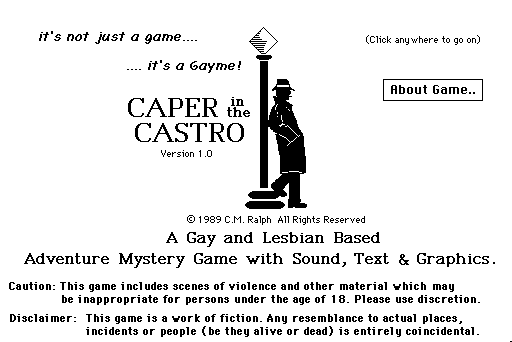
Caper In the Castro was created using HyperCard, an application for the Apple Macintosh that came free with the computers starting in 1987. A few other folks created games using HyperCard - notably, the original version of Myst and the demo for You Don’t Know Jack were developed in HyperCard. Ralph saw the story-telling potential in the software and created the gay mystery game you see before you.
Caper in the Castro is a sort of visual novel, point-and-click adventure mystery. The game takes place in the Castro District of San Francisco, one the first gay neighborhoods in the United States - one of its most famous residents being Harvey Milk. As you play through the game, you uncover a dastardly plan to poison the residents of the neighborhood using a bacterial virus. The plan was devised by Dullagan Straightman and the Obviously Republican presidential candidate, Landon LaDouche.
This is, of course, an allusion to the way that numerous Americans - including public officials - openly called AIDs a punishment from God and genuinely hoped that the pandemic would wipe out all those "dirty homos." The game even references the “Orange Curtain,” which is a colloquial term for the border between Orange County and Los Angeles - at the time the game was made, Orange County was a bastion for conservatives, with Ronald Reagan calling it the place where “all good Republicans go to die.” When you find a map in Dullagan Straightman’s office, you’ll see that the proposed quarantine sites for this bacterial virus are...mostly in Orange County. Later, after you break into the office, you get some more jabs at conservatives when you see a plaque for “Honorary Membership Into A Whiter Male Society.”
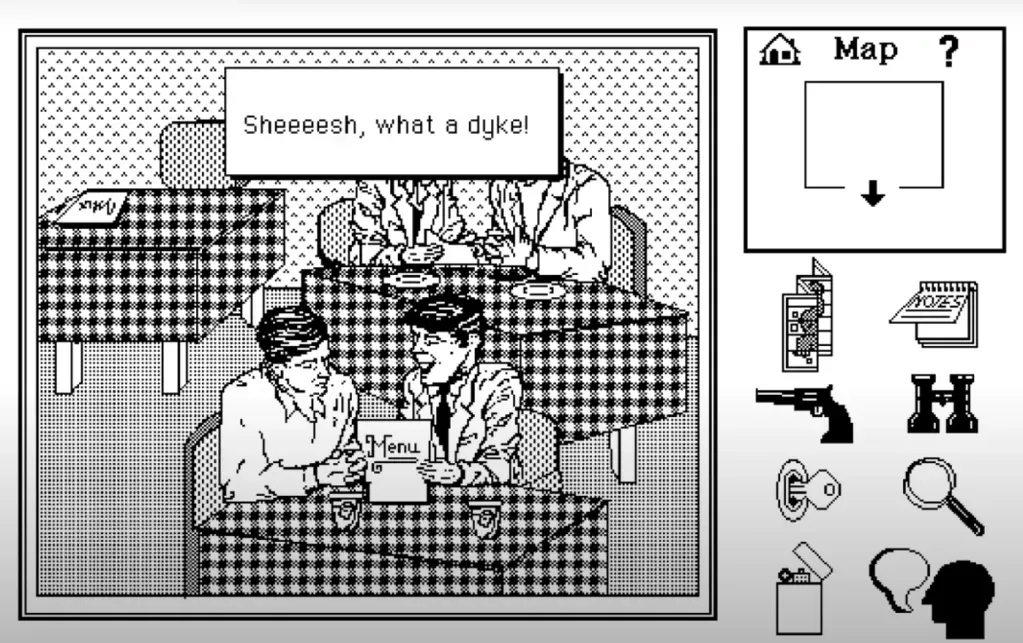
There are some less dark in-jokes throughout the game too, though! Personally, one of my favorites is when you get into Club 102 and the jukebox plays “Nasty” by gay icon Janet Jackson. You can find a bottle of Old Stonewall Scotch, which is a reference to the Stonewall Riots of 1969. There’s also a cute little bar called the Red Herring cafe that doesn’t have any clues in it because...it’s a red herring, get it? While you’re in there, you’ll see gay couples eating together, and you can even take a seat and talk to your fish dinner, which gives you a little joke about the 1988 movie A Fish Called Wanda.
So how did this little game get around, anyways? Like I said earlier, the Internet wasn’t kicking like it is now, and since the game dared to be gay in the 80s, it’s not like a publisher was about to pick it up - although, funnily enough, Ralph did make a straight version called Murder on Main Street for Heizer Software. It was essentially the same game but without, y’know, characters named Tracker McDyke.
Caper in the Castro was circulated on various Gay and Lesbian bulletin board systems, or BBSes. These were computer servers that would host chat rooms, file sharing services, and the like - a precursor to the World Wide Web that we know today. These bulletin board systems were usually local or regional - as in, they would be based in a city and people in the surrounding area could log into them. They were utilized by multiple different communities, including the LGBTQ community. Zines like Homocore would be circulated on these boards - and video games like Caper in the Castro.
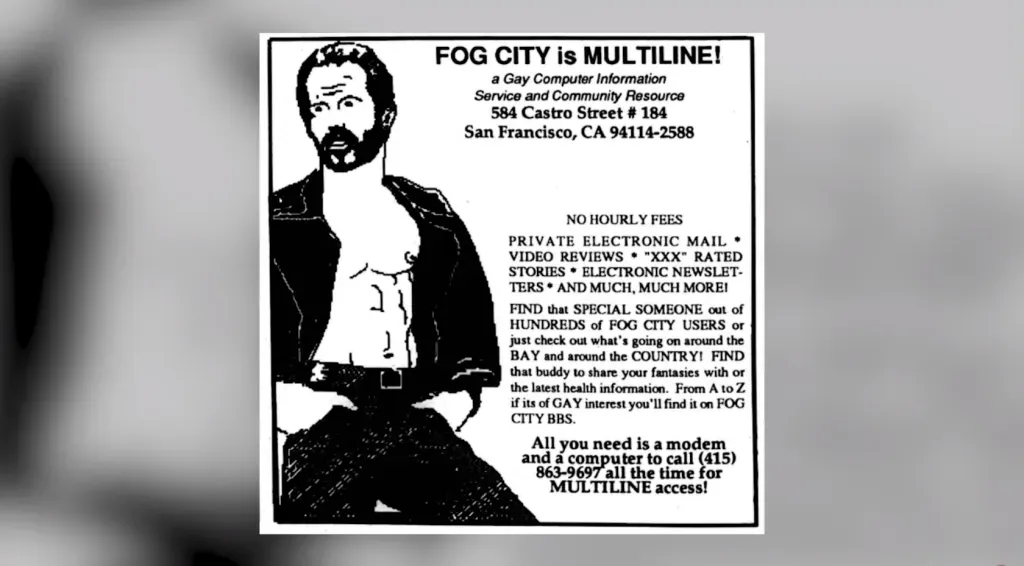
Originally, C.M. Ralph had shown Caper in the Castro at a Pac Bell symposium. Ralph detailed how it spread to the bulletin boards to LGBTQ Video Game Archive.
"After the little symposium, I got approached by this guy, and he says, I run...an underground bulletin board system in San Francisco and I would love to take your software and put it on there so that people can download it."
A few bulletin board systems that hosted Caper in the Castro are Fog City (which was specifically run out of Castro Street in San Francisco) and The Gay & Lesbian Information Bureau. It’s difficult to track exactly how far the game spread, but Ralph estimated that about 250,000 copies had been downloaded over the span of five years.
It makes sense that the game would be latched on to by so many people, of course - there was obviously a void in the market. LGBT newspaper The Washington Blade ran an article about the game in 1989, and reporter Cynthia Yockey pointed out this lack of representation back then:
“Now, why, you might ask...do Lesbians and Gays need a Lesbian/Gay-theme computer game? Well, why do you need Lesbian and Gay movies, or plays, or novels? BECAUSE THEY’RE AN EXPRESSION OF LESBIAN AND GAY LIVES, AND GAY PEOPLE DESERVE TO SEE THEIR LIVES EXPRESSED, THAT’S WHY! Obviously, you haven’t thought about this very much.”
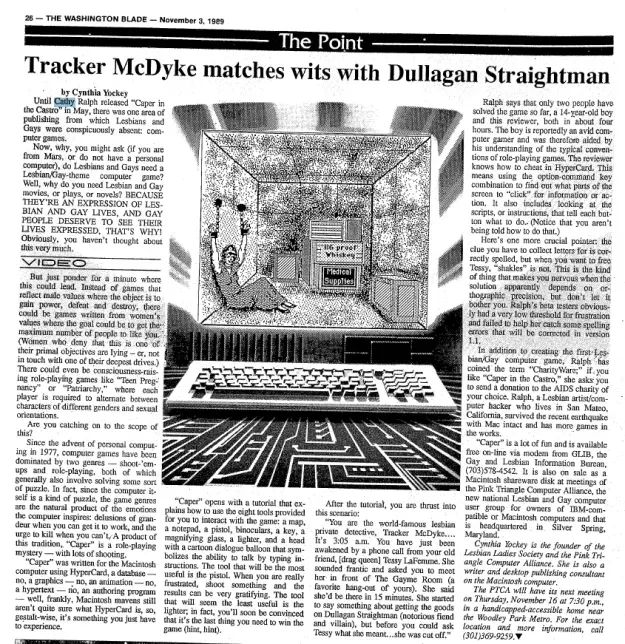
The article even advertises the GLIB board that you can download Caper from and says that the game was distributed via “Macintosh shareware disk” at the Pink Triangle Computer Alliance. Presumably, other like-minded LGBTQ computer nerds shared the game in their computer clubs, too.
Though the game was shared around quite a bit, it was actually considered “lost” for quite some time - that is, until around 2017. Temple University’s Dr. Adrienne Shaw started a research project called LGBTQ Video Game Archive, and she reached out to C.M. Ralph in 2017 about the game. Months after the interview, Ralph actually discovered some of the original diskettes for the game while moving.
It’s incredible that the disks even survived - floppy disks aren’t exactly known for their durability, and most end up deteriorating within a decade or so. But, luckily, these ones were intact, and Shaw got to work enlisting folks to get the game playable again. Digital games curator Andrew Borman, who works at The Strong Museum of Play, was sent the diskettes in order to get the game playable again.
Accessing the data was difficult, since neither PCs nor newer Macs could read the disks, but eventually, he was able to use a hardware called Kryoflux to make a copy of the disk that converted into a readable format. From there, Jason Scott at Internet Archive put the game up online, and now anyone can access the game for free and play it in-browser.
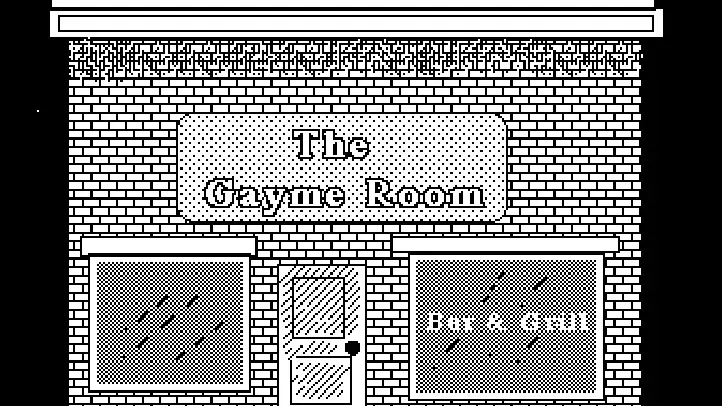
The game was also showcased at the Schwules Museum in Germany for an exhibit called Rainbow Arcade that focused on the queer history of video games. This is the first major exhibit to focus on queer video games in such a way. The fact that there can even be a museum exhibit about gay shit in games, and the fact that Caper in the Castro existed back in 1989, proves that as long as there have been video games, there have been gay people playing ‘em and making ‘em.
It’s amazing how far video games have come, not just in terms of graphics and accessibility, but in terms of content and representation. C.M. Ralph themself had a nice bit to say about this in their 2014 interview with Paste:
“As I watch societies evolve and become more inclusive and respectful, I remember, not that long ago, when they were not. When I was a teenager growing up in Upstate NY, you could be arrested and face life in a mental hospital if you were found to be a homosexual. It wasn’t until 1973 that the American Psychiatric Association declassified it as a mental illness, and 1990 when it was declassified by the World Health Organization. I am grateful that the LGBT youth of today do not have to live with that kind of fear and stigma."
If you're interested in learning more about Caper in the Castro, you can play the game yourself via this Internet Archive page, or you can check out the second video I did, which is a fun little Let's Play where I completely fail at being a detective.
...and if you like what I’m trying to do around here, consider subscribing or dropping me a tip on ko-fi :-)

